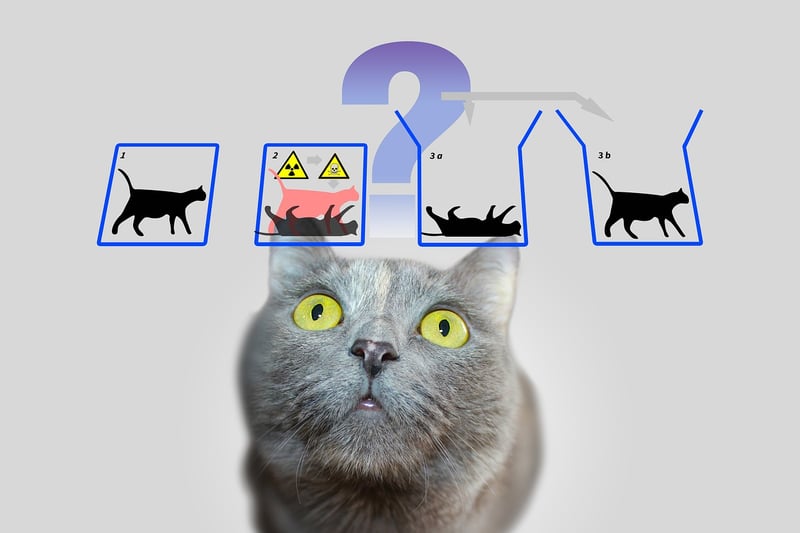Bootstrap Paradox
Exploring Temporal Conundrums and the Bootstrap Paradox
Time travel has long been a captivating subject that continues to intrigue both scientists and fiction enthusiasts. One of the intriguing aspects of time travel is the concept of temporal conundrums, such as the Bootstrap Paradox, which challenges our understanding of cause and effect in a time-loop scenario.
What is the Bootstrap Paradox?
The Bootstrap Paradox, also known as a causal loop, occurs when an object or information is sent back in time and becomes trapped in an infinite loop with no clear point of origin. In this scenario, the object or information exists without being created, leading to a paradoxical situation where it is impossible to determine where it originated.
Example of the Bootstrap Paradox
Imagine a scenario where a scientist travels back in time and gives their past self the blueprint for a groundbreaking invention. The past self then invents the device based on the blueprint and later travels back in time to deliver it to their past self, creating a loop with no discernible origin for the invention.

Implications of Temporal Conundrums
Temporal conundrums like the Bootstrap Paradox raise thought-provoking questions about causality, free will, and the nature of time itself. They challenge our conventional understanding of linear time and the concept of past, present, and future, leading to philosophical debates about the implications of altering the past or creating paradoxes through time travel.
Conclusion
While the Bootstrap Paradox and other temporal conundrums may seem like mere thought experiments, they serve as a fascinating exploration of the complexities of time travel and the potential paradoxes that could arise from altering the timeline. As we continue to delve into the mysteries of time, these concepts will likely remain a source of intrigue and speculation for years to come.
Explore more about time travel and paradoxes to unravel the mysteries of the universe!

References: Bootstrap Paradox - Wikipedia
